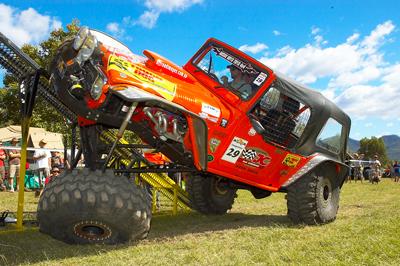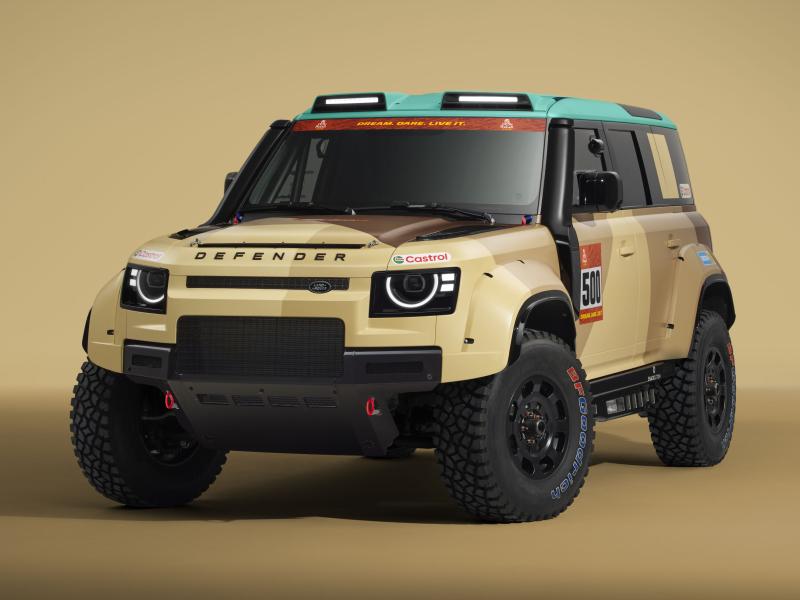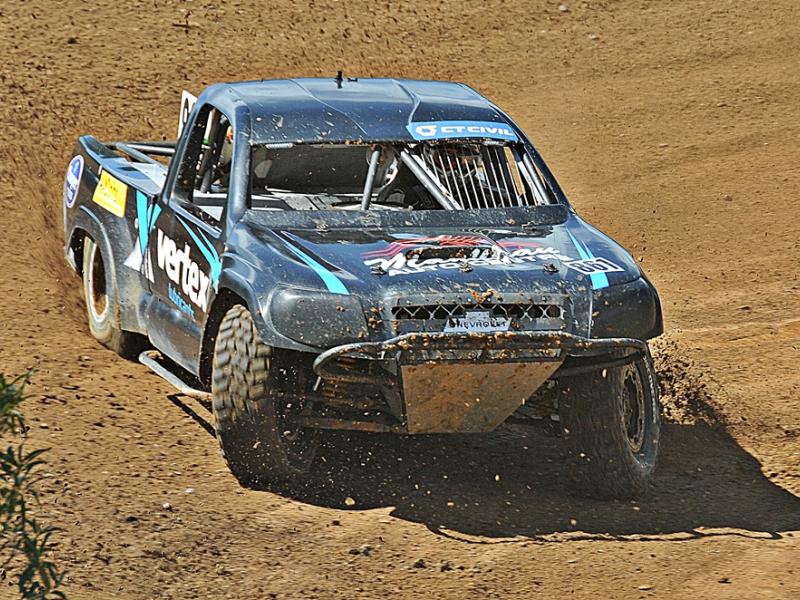Ever driven a go-kart on gravel or ridden your little brother’s Raleigh 20 on a BMX track? Not nice. In traditional off-road 4WD terms, good suspension soaks up the lumps and, perhaps more importantly, helps your wheels stay on the ground in the rough stuff to potentially achieve maximum traction.
Suspension upgrades have several advantages: they offer greater ground clearance, longer wheel articulation and the option of larger tyres, plus they provide added strength and allow you to carry heavier loads. Better comfort, too.
We’re considering new suspension for our hard-working Jeep Cherokee XJ, which we modified back in 2008. We’d need to factor in the weight of its WARN XD9000i winch and steel bumper. It gets regular moderate to serious off-road use, isn’t usually fully loaded (at the most it would carry two to three occupants and camping/recovery gear) and road miles are only really to get to off-road locations. We’re wanting to run up to 33in MTs.
To expand things a bit we also want to look at the available suspension set-ups for a hypothetical GU Nissan Patrol (1997-2013). We obviously can’t look at what’s available for every vehicle and driver out there, but we thought the Jeep and Nissan could mark a starting point.
But with so many options it can be overwhelming. You’ll often be unfamiliar with how the product you select will actually perform for you, so trusted brands and experts are the way to go.
We wanted to find quality products from key players in the market – people we trust. The main thing to remember, though, is to make sure the solution is specific to your vehicle, the conditions in which it normally operates, the load it will carry and the kind of driving you do. A decent suspension supplier will advise you in this regard.
In short, what we want is decent wheel travel (articulation), strength and, if road miles are a factor, something that won’t feel like you’re driving a jelly.







